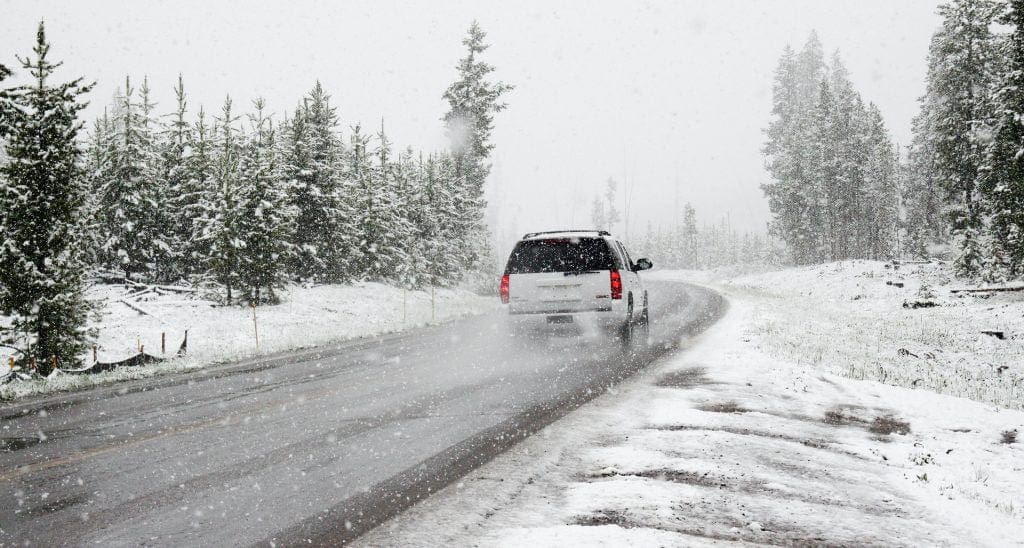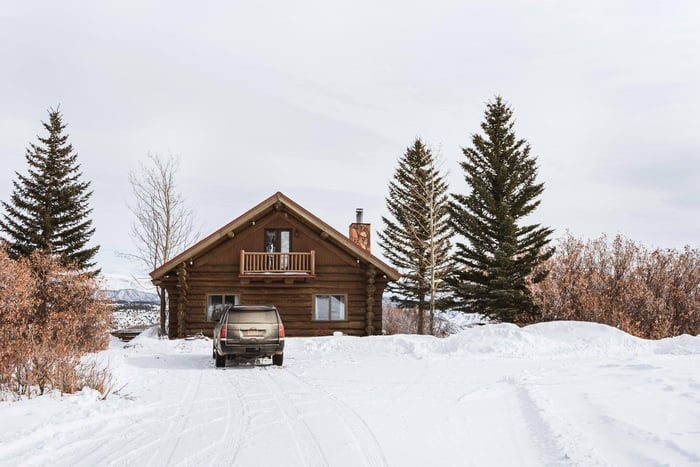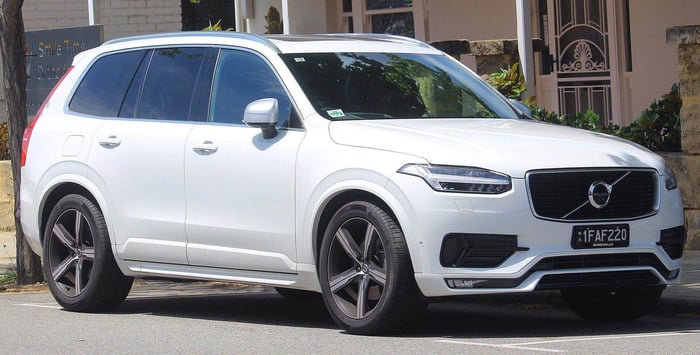Without a doubt, the best way to avoid ending up in a ditch after it snows is to avoid driving at all. But sometimes, that's just not possible. If you have to drive in the snow, make sure you do it safely. We've compiled this list of tips to help you get home safely this winter.
1. Check Your Tires.
 Photo by Mike from Pexels
Photo by Mike from Pexels
Before you jump in the driver's seat, do a quick inspection of your car's tires. Do they have ample tread? Because you're going to need it. A quick way to gauge whether your tires are fit for the road is to use the "penny test." Find a penny and stick it head-side down into the tread. If you can see the top of Honest Abe's head, your tires will not be safe to drive on in the snow.
2. Easy Does It.
When you drive in the snow, it's important to turn, brake, and accelerate gently. Since you don't have the usual traction you're used to, aggressive moves can easily lead to a slide. Give yourself extra time and extra space to make turns, stop, and speed up.
3. Check Your Brake Technique.
 Photo by VisionPic .net from Pexels
Photo by VisionPic .net from Pexels
Unfortunately, there are still a few myths about how you should brake when you drive in ice and snow. You may have heard that you should tap the brakes repeatedly to keep the brakes from "locking up." This may have been true 30 years ago. However, modern anti-lock brakes do this for you--and much better than you can do it on your own. Rather than tapping your brakes, apply consistent heavy pressure as you approach a stop. You may feel a grinding or vibrating sensation as your car tries to stop. That's a sign your ABS system is working. Make sure you don't stop steering while braking, either.
4. Constantly Check Road Conditions.
Road hazards are much easier to deal with when you can see them coming. In wintry weather, make sure to look further down the road than you would on a clear day. Check the road surface for patches of ice. This will allow you to give yourself time to avoid hazards or slow down before going through them.
5. Don't Panic When You Skid.
If you drive in the snow often, a skid is almost inevitable. When that skid eventually does come, it can be a terrifying moment. You'll lose control of your car temporarily. However, you must do your best not to panic. Most skids are over very quickly. You can manage them--even the longer ones. Do your best to recognize where the skid is coming from. If it's a front-wheel skid, you don't need to do much. Just maintain control of the steering wheel and take your foot off of the gas. The car should regain traction momentarily. If it's the rear wheels that are skidding, you need to do a little more. It might seem counter-intuitive, but you want to turn the wheel in the direction that the rear of the car is skidding. So, if the rear wheels of your car are skidding out to the right, firmly turn the steering wheel to the right while you step off of the gas. Do not touch the brakes. Once the rear wheels regain traction, steer as normal.
6. Give Extra Following Distance.
 Photo by Chris Peeters from Pexels
Photo by Chris Peeters from Pexels
It takes much longer for your car to stop when you drive on snow and ice. Sometimes, you might not even stop at all. Be prepared for a long, slow stop by giving an extra few car lengths between you and the driver in front of you. You might need them. In addition, it's more likely there will be road hazards such as fallen branches or patches of ice during wintry weather. This can mean that other drivers need to stop suddenly. Be prepared.
7. Don't Get Too Confident In Your AWD Vehicle
The difference between all-wheel drive vehicles and front or rear-wheel drive vehicles in the snow is night and day. However, even AWD can't save you from every snow and ice situation. Don't let a competent vehicle turn you into an overconfident driver. Even with AWD, you should still drive carefully and gently in the snow.
The Takeaway
Driving in wintry weather can be dangerous. But when you use caution and make sure your car is in good shape for the weather, you can drive safely in the snow. Be careful, use common sense, and don't panic. Stay tuned to the Strutmasters Blog for more helpful tips and advice.




